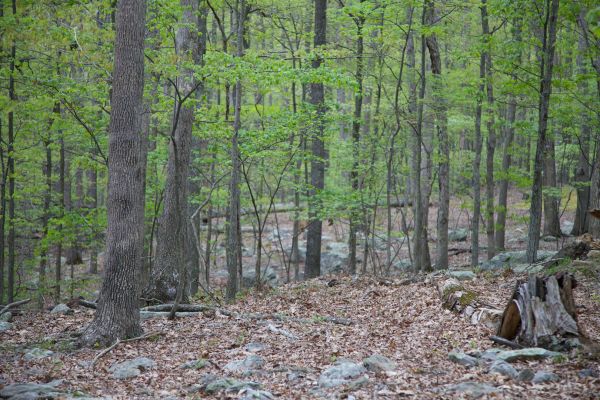
Most birders of my acquaintance are also broader naturalists. They note butterflies, dragonflies, herps; they understand at least a bit about the ecosystems they frequent; they care about environmental issues, from conserving pockets of local green space to fighting climate change. In that context, what I’m about to say will probably not be that surprising or groundbreaking, but nevertheless: guys, trees are really really cool.
I always knew this on some level but my appreciation was renewed and focused when I took a tree identification class in Prospect Park this past weekend. It’s an experience I can’t recommend highly enough. Not only is it useful to be able to understand instantly when a fellow birder tells you that the Pine Siskin is at the top of the London plane or the Kentucky Warbler is skulking in the bushes just to the west of the big catalpa; it’s also helpful to understand the world the birds inhabit. Seeing and touching the leaves of an aphid-ridden linden makes it suddenly clear why the tree in question is hopping with Ruby-crowned Kinglets. Knowing that a particular street is lined with oaks can let you anticipate a fall influx of screaming Blue Jays livening up the landscape.
And then there are factoids that are just fun. All those references to “lime trees” in Jane Austen (and Nick Cave)? They mean sweet-flowered linden, not the tree that bears the citrus fruit. Those massive London Planes that endure urban buffeting so well? The love-children of American sycamores taken abroad to botanic gardens. Hybrid oaks may show a bewildering variety of forms in their leaves, but their acorns will show their parentage. Seed form is also useful in figuring out the bewildering variety of introduced and cultivated maples.
If you get the opportunity, I recommend that every birder take a class or two on their local trees. It can only improve your birding. And hey, if a bird happens to appear while you’re already looking up, that’s a bonus.
Feature image by Ryan Hagerty, courtesy of USFWS













I agree! And it’s fun to see how birds use different trees and snags for food and homes. I live on the Olympic Peninsula where we have an abundance of trees, and I love to watch raptors, owls, woodpeckers, hummingbirds, Red-breasted Nuthatches, and others zip through the forest and hide in the branches.